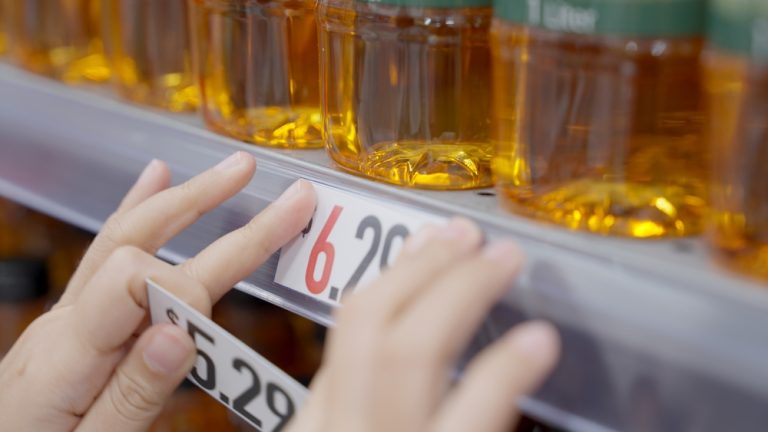After two years of failed harvests, the olive oil crisis that gripped kitchens worldwide is finally easing. Spanish farmers, responsible for nearly a third of global production, are harvesting a much better crop this season, promising a good supply in 2025. Wholesale prices have fallen by 55% from their record high in February, and retail prices are expected to follow suit soon.
However, while relief is here, the days of ultra-low olive oil prices are unlikely to return. A mix of temporary and structural factors ensures that olive oil lovers may continue to pay a premium for their liquid gold.
Spain’s Bumper Harvest Restores Supply
The Andalusia region of Spain, which accounts for one-third of global olive oil production, is seeing a significant recovery. Thanks to favorable conditions, Andalusia is set to produce about 1 million metric tons of olive oil during the 2024-2025 season—a 77% increase compared to the previous year.
Globally, olive oil production is recovering as well. Countries like Greece, Portugal, Tunisia, and Turkey have seen good harvests, collectively pushing global output to an estimated 3.4 million metric tons, up from just 2.6 million tons last year. Italy remains an exception as a tree-killing pathogen continues to devastate its groves.
The improved supply has already caused wholesale prices to plummet, with top-quality Spanish extra virgin olive oil now priced at $4,250 per ton, down from a record $10,000 earlier this year.
Why Prices Won’t Fully Return to Normal
Despite the relief, several factors will keep olive oil prices from returning to pre-crisis levels.
Temporary Factors: Depleted Stocks and Market Dynamics
Years of bad crops left farming cooperatives in Spain strapped for cash, leading them to sell their harvests early and flood the market. This oversupply has temporarily depressed prices but won’t last. As sales taper off, prices are likely to stabilize.
Additionally, global olive oil inventories have been critically low. At the end of the 2023-2024 season, stocks in Spain were just 25% of their usual levels. Globally, olive oil inventories hit a 57-year low last season, with reserves halved compared to their 20-year average. It will take multiple years of strong harvests to rebuild these stocks and exert lasting downward pressure on prices.
Structural Factors: Rising Demand and Limited Supply
The Mediterranean diet’s global popularity has made olive oil a victim of its own success. Over the last 30 years, consumption has doubled, particularly in non-traditional markets like the United States, France, and the UK. In the US, demand has grown by over 300% since 1990, while British consumption has soared by an astounding 1,100%.
Even in emerging markets like Brazil, olive oil is gaining traction, with demand remaining robust despite high prices. Yet, olive oil accounts for just 2% of the global edible oil market, and its supply is inherently limited. Unlike palm or soybean oil, olive oil cannot scale production quickly, meaning that rising popularity will inevitably push prices higher.
A New Era for Olive Oil Farmers
While consumers may grumble at persistent high prices, there is a silver lining. Olive oil farmers, historically underpaid for their labor-intensive work, stand to benefit from the current market dynamics. With better harvests and sustained demand, farmers are poised to enjoy improved livelihoods for the first time in years.
As a Spaniard, I know firsthand the importance of olive oil. We don’t just drizzle it; we coat our food generously, consuming about 14 liters per person annually. For many families, the soaring prices during the crisis symbolized the broader struggle with inflation. The recent price drop is a welcome relief, but ensuring fair compensation for farmers is a cause worth celebrating.
The End of Crisis, But Not the End of Challenges
The olive oil crisis may be fading, but the road ahead is far from smooth. Replenishing global inventories and meeting growing demand will take time, and prices are unlikely to dip back to the levels seen over the last two decades.
Still, the easing of the crisis brings much-needed relief to southern European households and olive oil enthusiasts worldwide. As the world continues to embrace the Mediterranean diet, the value of olive oil remains undisputed—a cherished ingredient with a rich cultural heritage and enduring significance.






















